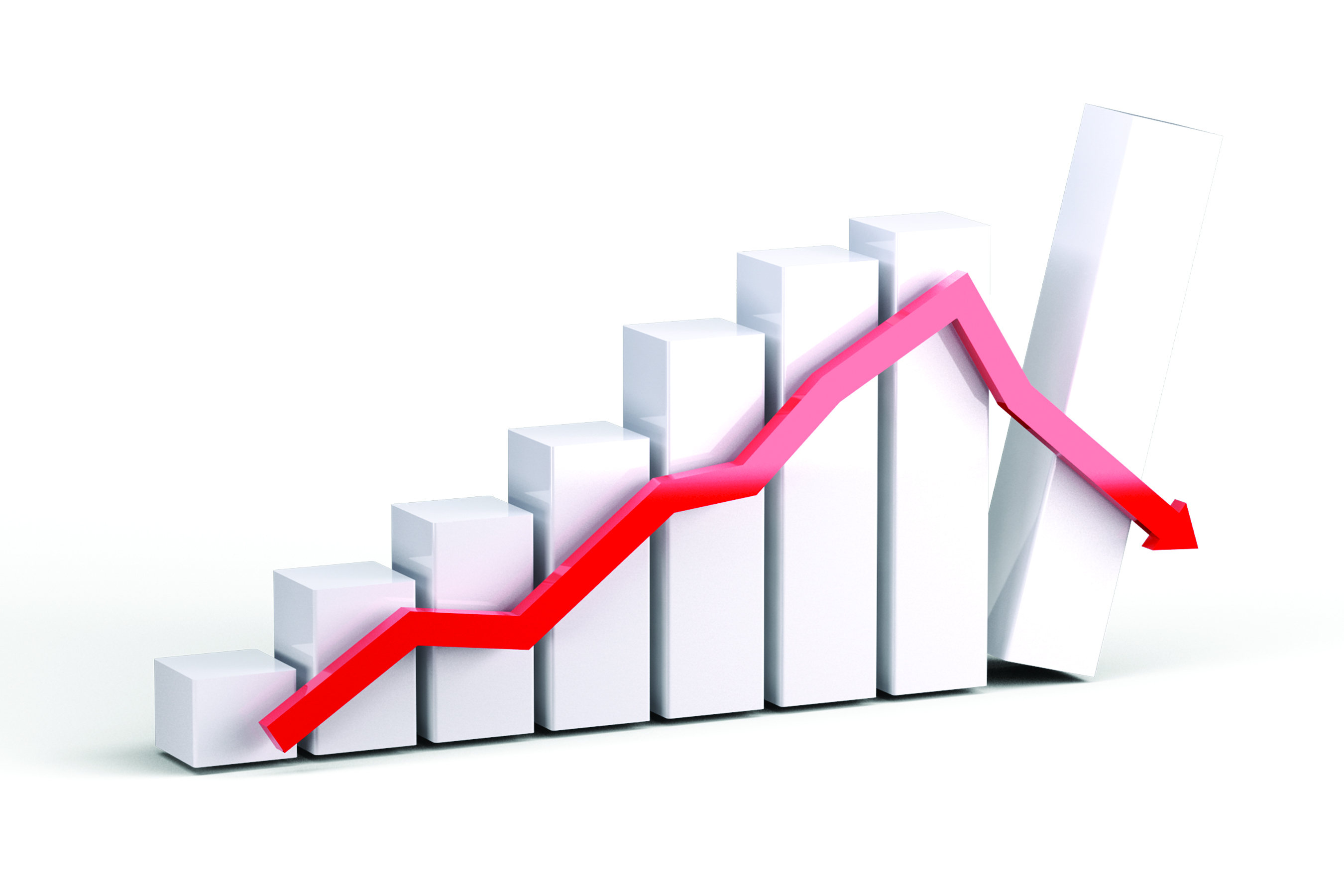As investors, we all know we are accepting some level of risk when we put money into the stock market. Some of us struggle with the market ups and downs and wonder if there is any way to reduce the volatility in our portfolios. A popular portfolio customization, called “defensive portfolio strategy,” is designed to do just that. This strategy keeps your target stock percentage unchanged but reduces the volatility and risk in your portfolio. There are several ways to create a defensive portfolio and usually a combination works well.
Asset Class Adjustments
The first step in constructing a portfolio is to use multiple asset classes with each one having a specific target percentage. As all asset classes have various degrees of volatility, one method used to create a more defensive portfolio is to lower the percentages of the more volatile classes while raising the percentages of the less volatile classes. An example of this would be decreasing small and mid-cap stocks and increasing large cap stocks.
Defensive Sectors
Another strategy to reduce volatility is by incorporating a higher percentage of stocks that are in defensive sectors. Defensive sectors are those industries whose products and services are always in demand, and generally do well during market declines. The three main defensive sectors are:
Utilities – water, gas, and electric
Consumer staples – food, beverages, household, and personal products
Health care – hospitals, pharmaceuticals, medical equipment and supplies, long-term care facilities
Many companies in these sectors fall into the US large value or US large blend asset classes. To incorporate a higher percentage of defensive sectors in your portfolio, you could reduce your investment in a general large cap blend fund such as the S&P 500 index and include an investment in a defensive sector fund.
Low-Volatility Funds
Some funds are designed to be less volatile. These funds are asset class specific and not sector specific. They may use a specific index as a guide but adjust the weightings of the specific sectors to decrease the more volatile sectors and increase the more defensive sectors. For example, there are funds that use the S&P 500 as a base, but then reduce sectors such as technology and communication services and increase the utility and consumer staples sectors. During market ups and downs, your investment in one of these funds may be more stable.
Stop Orders
If you are worried about the market declining, you can use a stop-loss order to limit your losses. This order is placed with your brokerage firm and instructs them to sell a specific holding if the price drops to a certain level. In a declining market, setting a stop-loss order to a specific price will limit your losses. Another order that can be used is called a trailing stop. This type of order is like a stop-loss but instead of setting the order at a specific price, the order is set to a certain percentage of the highest price since you purchased the position. For example, a 10% trailing stop order will execute if the price drops by 10% of the highest price since you purchased the investment. This order is more flexible than a stop-loss order because the stop price will move up as the market price moves up and once it moves up, it will not move back down.
Covered Call Funds
Covered call funds can reduce the volatility in your portfolio while also generating income. These funds sell call options, collect the premiums, and distribute the income to the investors. They are available in several asset classes and can be used in a defensive portfolio strategy for investors that may also want income. The downside to using these funds is they generally charge a higher expense ratio and you may give up some upside in a rising market due to the call that was sold being exercised. In addition, some funds use a set distribution yield, so if the fund earns less than that yield, investors may receive a return of capital.
Defined Outcome Funds
There are some newer products that can also be used in a defensive portfolio known as defined outcome funds. These funds use options to offer the investor upside growth and downside risk protection. The funds are available for several different indices including the S&P 500, Nasdaq 100, Russell 2000, as well as international and bond funds. For instance, a fund may protect the first 15% of losses (called a buffer) while allowing you to make up to 10% (called a cap) over the course of the year. These products are complex and more expensive, but once you understand how they work, they can be a great addition to a defensive portfolio. With yields so low, some people even replace some of their bonds with defined outcome funds.
Bonds
There are defensive strategies on the bond side of your portfolio as well. The two risks of holding bonds are interest rate risk and default risk. Interest rate risk is due to bond values having an inverse relationship to interest rates. When interest rates increase, the value of a bond paying the lower rate will decrease. Strategies to reduce your exposure to interest rate risk include buying individual bonds, target date maturity bond funds, floating rate bond funds, and shorter-term bonds. Default risk occurs when a bond issuer defaults on their contractual interest or principal payments. You can reduce your exposure to default risk by buying more investment grade bonds and reducing your positions in non-investment grade bonds.
As you can see, it is possible to reduce the risk in your portfolio while staying invested in the stock market. Any of these strategies can be used alone or in combination to create a defensive portfolio.
Deborah Hobart, CPA is a Financial Advisor at Blue Water Capital Management, LLC, a fee-only financial advisory firm in Apex, NC. For more from Deborah, check out Blue Water’s latest Investing Insights on their website.








